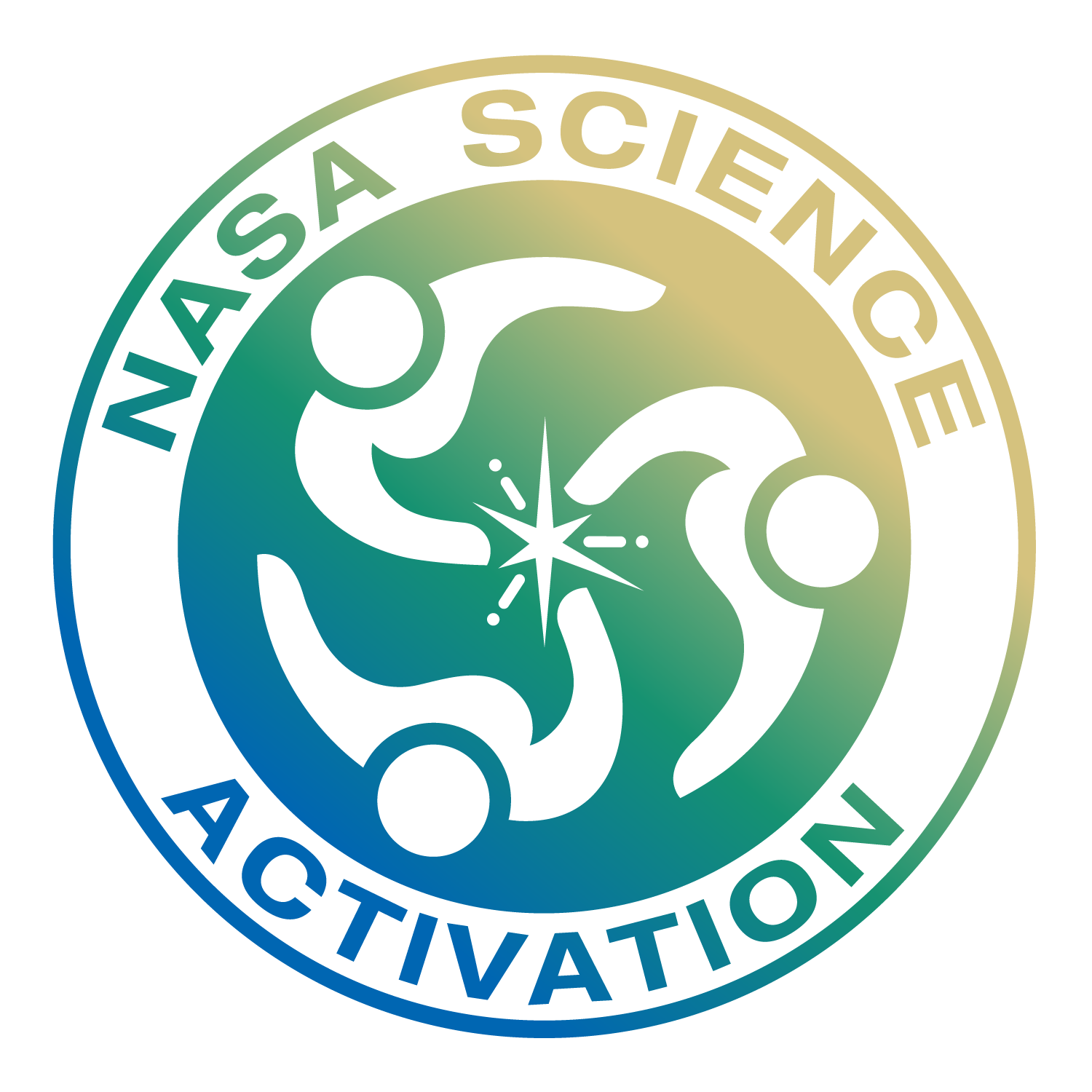NASA Science Events and Activities
You’re invited to share in the excitement of (and participate in!) NASA science through unique opportunities from NASA’s Science Activation Program – a community-based approach to connect NASA science with people of all ages and backgrounds. Use the search and filter tools below to discover virtual and in-person events and activities near you. Offerings include virtual webinars, museum events, citizen science projects, science camps/clubs, community events, and more.






























